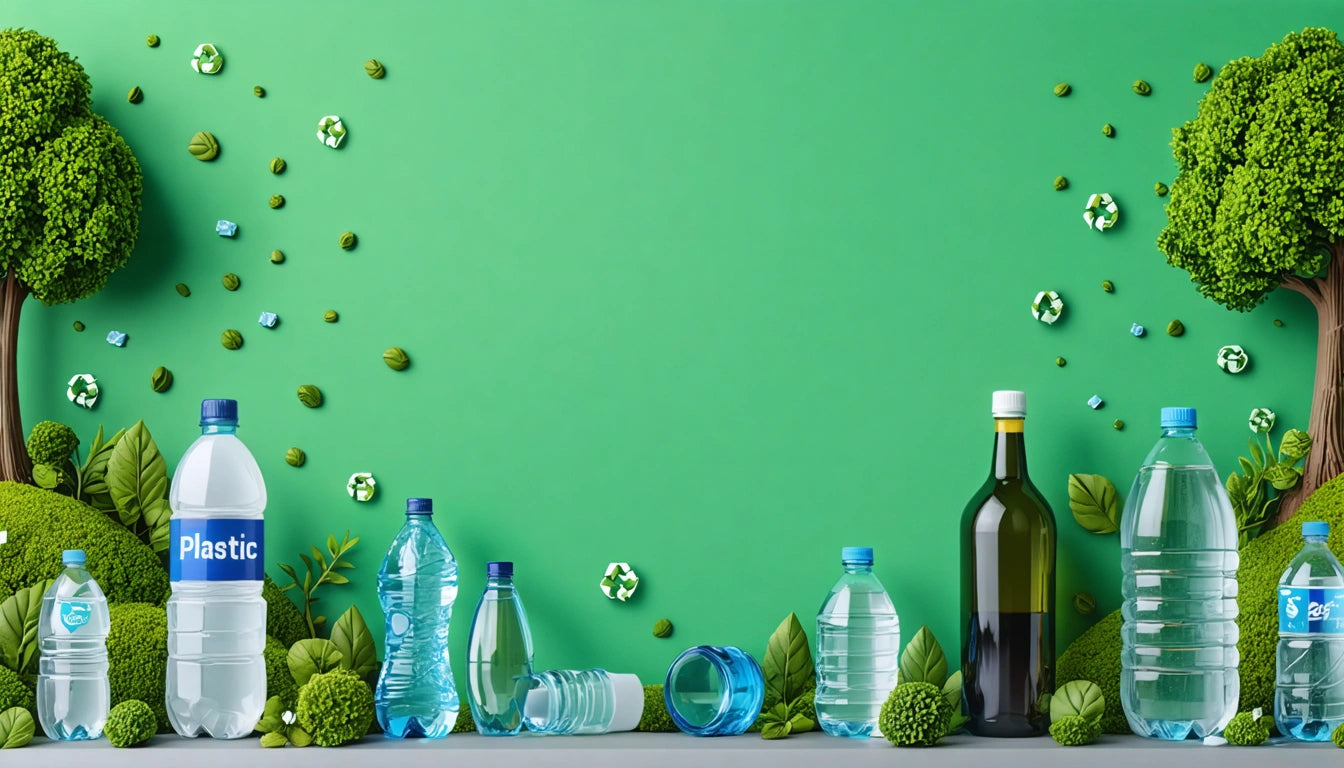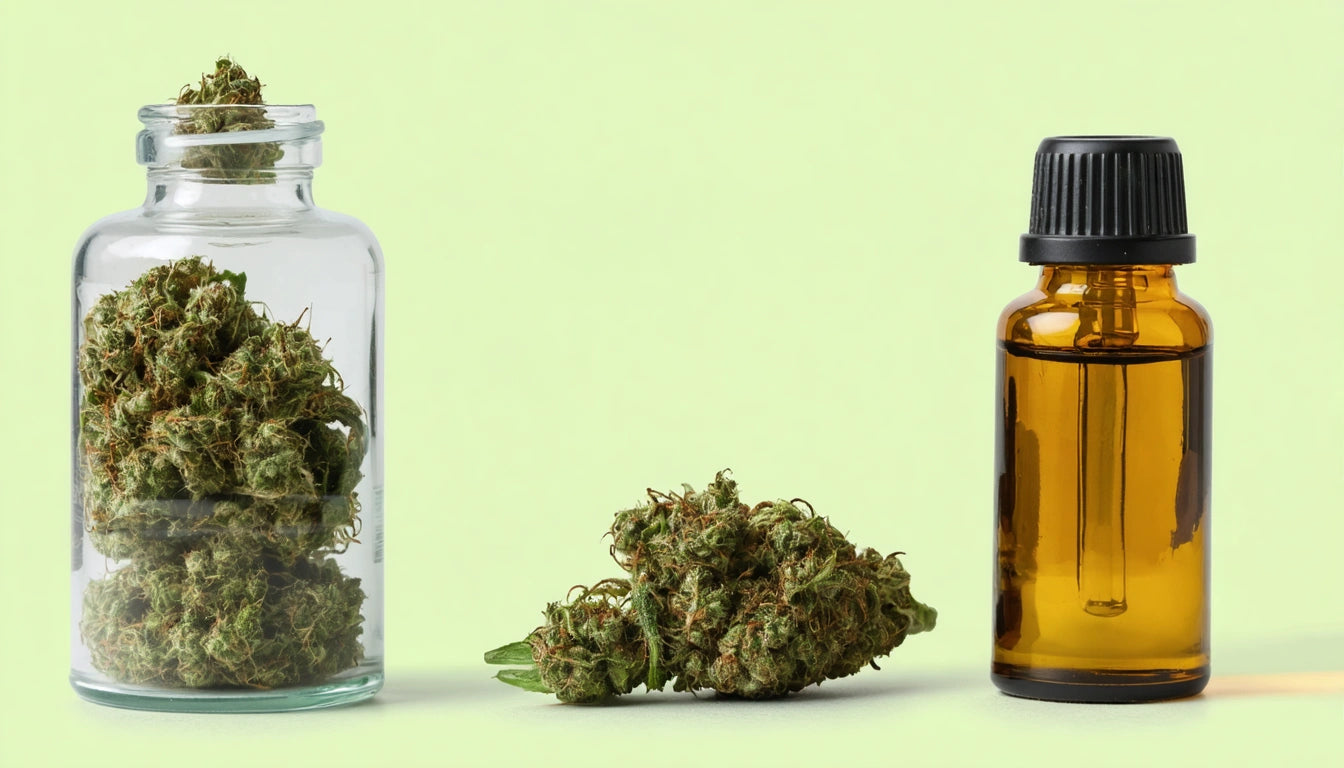Table of Contents
- Plastic Recycling Basics: Types and Identification
- Commonly Recyclable Plastics: What Gets a Second Life
- What Plastics Are Not Recyclable: Common Culprits
- Common Recycling Questions: Bottle Caps, Black Plastic, and More
- Challenges in Plastic Recycling: Why Some Call for Bans
- Improving Plastic Recycling: Solutions and Alternatives
Understanding Plastic Recycling: What Can and Cannot Be Recycled
Plastic recycling remains one of the most confusing aspects of sustainable living. With various symbols, rules that differ by location, and misconceptions about what happens after items enter the bin, it's no wonder many consumers feel overwhelmed. This guide clarifies what can and cannot be recycled, addressing common questions about materials like recycled PET plastic and explaining why some advocate for plastic restrictions.
Plastic Recycling Basics: Types and Identification
Plastics are categorized into seven main types, each with a different recycling code (the number inside the triangular recycling symbol). Understanding these codes is the first step in determining recyclability:
- Code 1 (PET/PETE): Polyethylene terephthalate, commonly used for beverage bottles
- Code 2 (HDPE): High-density polyethylene, used for milk jugs and detergent bottles
- Code 3 (PVC): Polyvinyl chloride, found in pipes and some food packaging
- Code 4 (LDPE): Low-density polyethylene, used for shopping bags and squeeze bottles
- Code 5 (PP): Polypropylene, found in yogurt containers and medicine bottles
- Code 6 (PS): Polystyrene, used for foam cups and packaging
- Code 7 (Other): Mixed or specialty plastics
Commonly Recyclable Plastics: What Gets a Second Life
Among the plastic types, some are more widely accepted in recycling programs than others. The most commonly recycled plastics include:
Recycled PET Plastic (Code 1)
PET is highly recyclable and in high demand. When recycled, it becomes what is known as recycled PET plastic (rPET), which can be transformed into new bottles, polyester clothing, carpet, and more. According to recycling statistics, PET bottles have one of the highest recycling rates among plastics.
HDPE (Code 2)
This durable plastic is also widely accepted and can be recycled into items like plastic lumber, pipes, and new bottles. Its thick construction makes it valuable in the recycling stream.
What Plastics Are Not Recyclable: Common Culprits
Understanding what plastic is not recyclable helps prevent contamination of recycling streams. The following types typically cannot be recycled in standard programs:
PVC (Code 3)
PVC contains chlorine, which creates toxic byproducts when melted. This makes it difficult to recycle and potentially harmful to recycling equipment.
Polystyrene (Code 6)
Commonly known as Styrofoam, polystyrene is technically recyclable but rarely accepted in curbside programs due to its lightweight nature and low value. For more information on foam recycling options, see our guide to recycling foam packaging.
Plastic Films and Bags
Though often made from recyclable LDPE (Code 4), most curbside programs don't accept plastic films because they jam sorting machinery. Instead, many grocery stores offer collection bins specifically for these items.
Common Recycling Questions: Bottle Caps, Black Plastic, and More
Are the Caps on Plastic Bottles Recyclable?
Yes, in most modern recycling facilities, plastic bottle caps are recyclable, but the proper procedure has changed. Previously, consumers were advised to remove caps, but now many recycling programs request that caps remain attached to bottles. This prevents caps from falling through sorting screens and ensures they enter the correct recycling stream.
Can You Recycle Black Plastic?
Black plastic presents a unique challenge. While technically recyclable, many sorting facilities cannot detect it because the optical sorting technology uses infrared light, which black plastic absorbs rather than reflects. This makes black plastic one of the plastics that is not recyclable in many programs, despite being made from recyclable resins.
For cannabis product storage, many companies are exploring alternatives to traditional plastic packaging, including humidity control solutions that extend product life while reducing the need for excessive packaging.
Challenges in Plastic Recycling: Why Some Call for Bans
The limitations of plastic recycling have led many to question why plastic should be banned or severely restricted. Several factors contribute to this perspective:
- Low recycling rates: Despite decades of recycling programs, less than 10% of plastic waste gets recycled globally
- Downcycling: Most plastics degrade in quality when recycled, limiting the number of cycles possible
- Environmental persistence: Plastics can take hundreds of years to decompose in nature
- Microplastic pollution: Tiny plastic particles have been found in oceans, drinking water, and even human blood
These challenges are detailed in our article on what to recycle and what not to recycle, which provides a comprehensive overview of current recycling limitations.
Improving Plastic Recycling: Solutions and Alternatives
While the challenges are significant, several approaches can improve plastic recycling outcomes:
Material Innovations
Bioplastics and other alternative materials offer promising solutions. Learn more about these options in our article on understanding bioplastics.
Design for Recyclability
Products designed with end-of-life in mind are more likely to be successfully recycled. This includes using single materials rather than composites and avoiding problematic additives.
Consumer Education
Better understanding of what plastics are not recyclable helps prevent contamination. Consumers should familiarize themselves with local recycling guidelines and follow them precisely.
Material Alternatives
For many applications, plastic alternatives may be preferable. Our comparison of glass vs. plastic containers explores the sustainability tradeoffs between these common packaging materials.
As recycling technology advances and consumer awareness grows, the landscape of plastic recycling continues to evolve. By understanding what can and cannot be recycled, consumers can make more informed choices that reduce waste and environmental impact.











Leave a comment
All comments are moderated before being published.
This site is protected by hCaptcha and the hCaptcha Privacy Policy and Terms of Service apply.